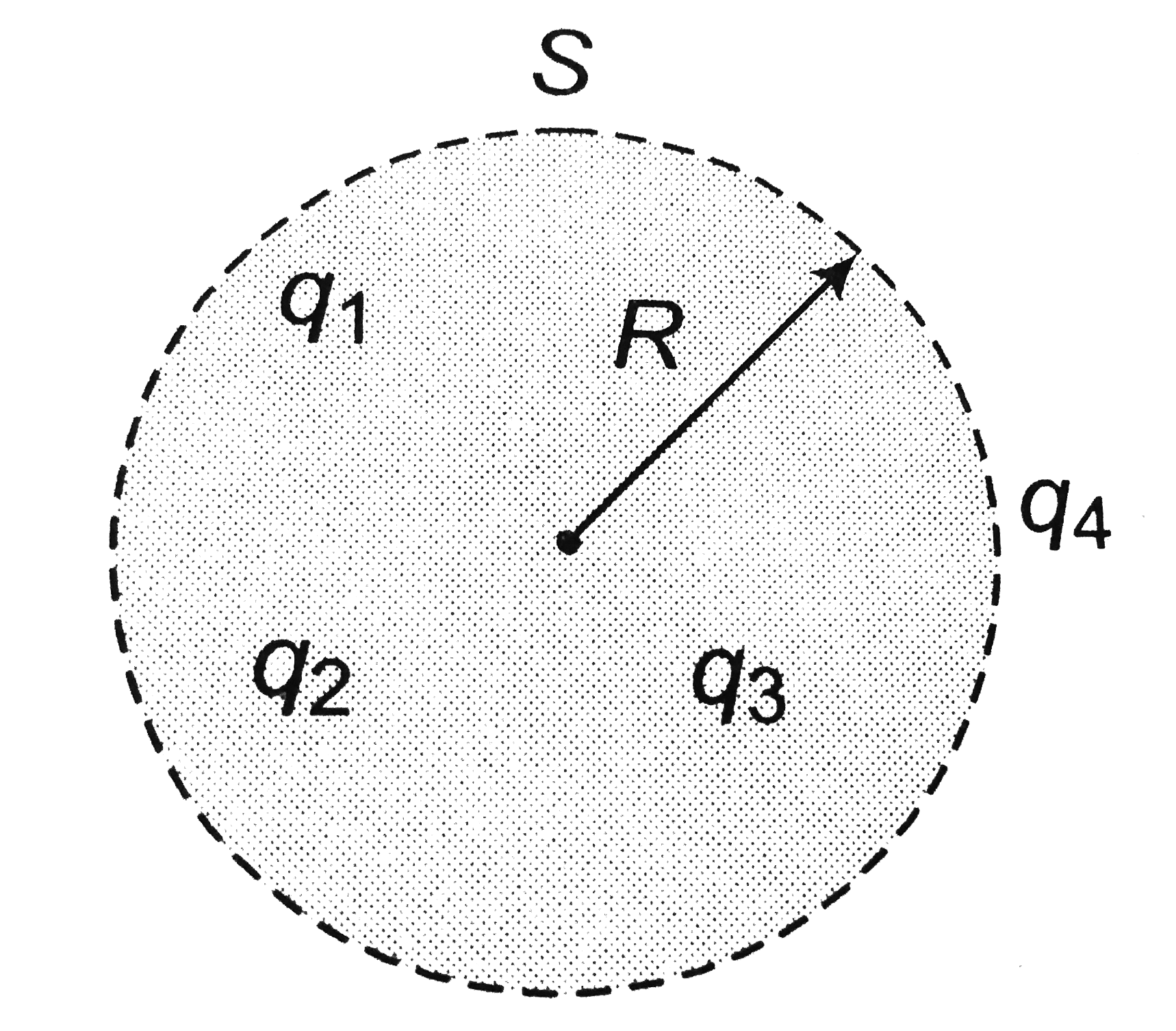The rate of disapperance of Q in the reaction 2P+Q→2R+3S is 2×10−2 moles l−1s−1. Which of the following statement is not true?
−d[P]dt=4×10−2mo≤sl−1s−1
+d[S]dt=6×10−2mo≤sl−1s−1
+12d[R]dt=2×10−2mo≤sl−1s−1
+d[R]dt=2×10−2mo≤sl−1s−1
The correct Answer is:D
To solve the problem, we need to analyze the reaction and the given rate of disappearance of Q. The reaction is:
2P+Q→2R+3S
We are given that the rate of disappearance of Q is:
−d(Q)dt=2×10−2molesl−1s−1
Step 1: Write the rate expressions for the reaction.
From the stoichiometry of the reaction, we can express the rates of disappearance and formation as follows:
- For P:
−12d(P)dt
- For Q:
−d(Q)dt
- For R:
12d(R)dt
- For S:
13d(S)dt
Step 2: Relate the rates to the given rate of disappearance of Q.
Since we know that:
−d(Q)dt=2×10−2
We can find the rates of disappearance of P and formation of R and S.
Step 3: Calculate the rate of disappearance of P.
From the stoichiometric relationship:
−12d(P)dt=−d(Q)dt
Substituting the value of −d(Q)dt:
−12d(P)dt=2×10−2
Thus,
d(P)dt=−4×10−2molesl−1s−1
Step 4: Calculate the rate of formation of R.
From the stoichiometric relationship:
12d(R)dt=−d(Q)dt
Substituting the value of −d(Q)dt:
12d(R)dt=2×10−2
Thus,
d(R)dt=4×10−2molesl−1s−1
Step 5: Calculate the rate of formation of S.
From the stoichiometric relationship:
13d(S)dt=−d(Q)dt
Substituting the value of −d(Q)dt:
13d(S)dt=2×10−2
Thus,
d(S)dt=6×10−2molesl−1s−1
Step 6: Evaluate the statements.
Now we can evaluate the statements based on our calculations:
1. Statement 1: −d(P)dt=4×10−2 (True)
2. Statement 2: d(S)dt=6×10−2 (True)
3. Statement 3: 12d(R)dt=2×10−2 (True)
4. Statement 4: d(R)dt=2×10−2 (False, it should be 4×10−2)
Conclusion
The statement that is not true is Statement 4.
---
−12d(P)dt
- For Q:
−d(Q)dt
- For R:
12d(R)dt
- For S:
13d(S)dt
2. Statement 2: d(S)dt=6×10−2 (True)
3. Statement 3: 12d(R)dt=2×10−2 (True)
4. Statement 4: d(R)dt=2×10−2 (False, it should be 4×10−2)
Similar Questions
Knowledge Check
For a reaction P+Q→2R+S. Which of the following statements is incorrect?
ARate of disappearance of P = Rate of appearance of SBRate of disappearance of Q = 2× Rate of appearance of RCRate of disappearance of P = Rate of disappearance of QDRate of disappearance of Q = 12× Rate of appearance of R
Identify the order of the reaction from the rate constant value =3.2×10−5Lmol−1s−1.
View SolutionConsider two regions: R1: Point P is nearer to (1,0) then to x=−1. R2: Point P is nearer to (0,0) then to (8,0). Then which of the following statements are true: Statement1: The area of the region common to R1andR2 is 1283sq.units. Statement2 : The area bounded by x=4√yandy=4 is 323sq.units.
View SolutionIn a catalytic conversion of N2 to NH3 by Haber's process, the rate of reaction was expressed as change in the concentration of ammonia per time is 40×10−3molL−1s−1. If there are no side reaction, the rate of the reaction as expressed in terms of hydrogen is (in mol L−1s−1)
View SolutionFor a reaction , 2A+D→3C, the rate of appearance of C at time t is 1.2×10−4mol L−1s−1 . Find the rate of reaction.
View Solutionq1,q2,q3 and q4 are point charges located at point as shown in the figure and s is a spherical Gaussian surface of radius R. Which of the following is true according to the Gauss's law

View SolutionIf A={p,q,r,s}andB={1,2,3}, find which of the following is not a function from A to B?
View SolutionThe rate first order reaction is 2.4×10−3molL−1s−1, when the initial concentration is 0.2molL−1. The rate constant is…………. .
View Solution
